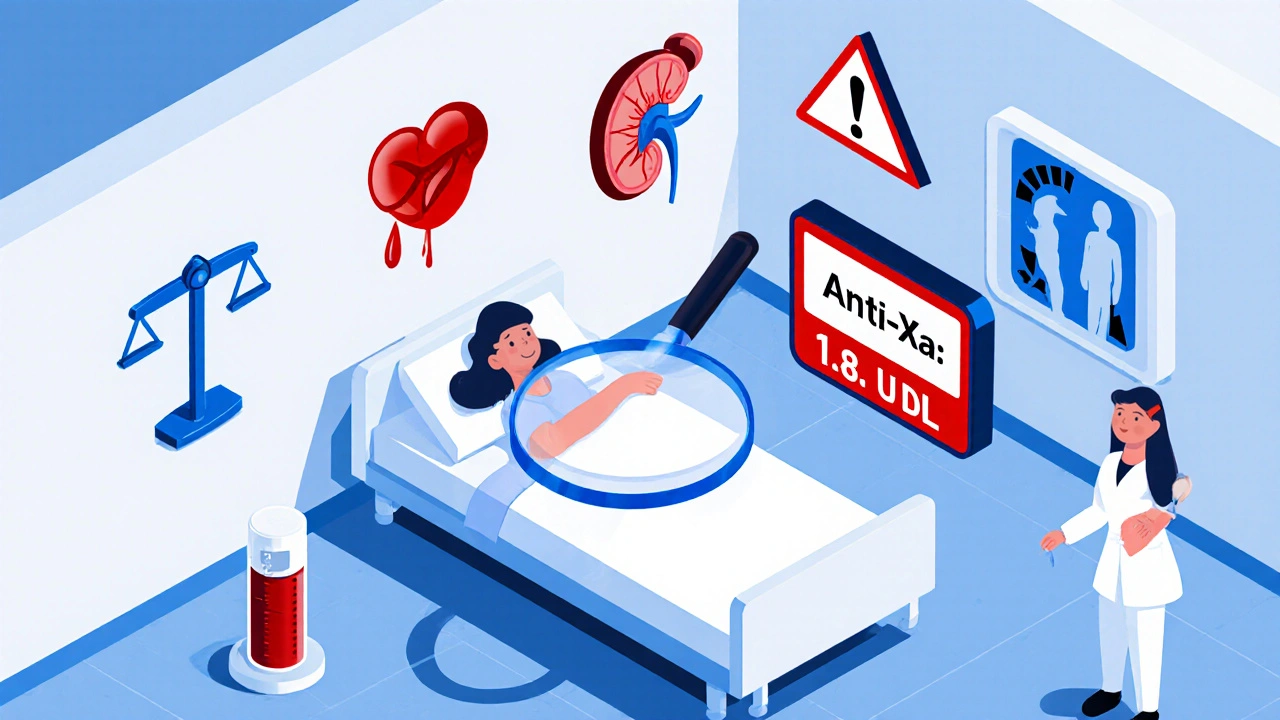Enoxaparin: What It Is, How It Works, and What You Need to Know
When your doctor prescribes enoxaparin, a low-molecular-weight heparin used to prevent dangerous blood clots. Also known as Lovenox, it’s one of the most common anticoagulants given by injection to stop clots before they form. Unlike warfarin, which needs regular blood tests, enoxaparin works predictably with fixed doses—making it easier to manage after surgery, during hospital stays, or for people with a history of clots.
It’s often used when someone can’t move much after an operation, like hip or knee replacement, or if they’re stuck in bed due to illness. It’s also given to people with cancer, since some tumors increase clot risk. If you’ve had a deep vein thrombosis, a clot in a deep vein, usually in the leg or pulmonary embolism, a clot that travels to the lungs, enoxaparin might be part of your treatment plan to keep new clots from forming. It doesn’t break up existing clots—it stops them from getting bigger while your body naturally clears them.
People sometimes worry about bleeding risks, and yes, that’s a real concern. But for most, the benefits far outweigh the risks when used correctly. Your doctor will check your kidney function first, since enoxaparin is cleared through the kidneys. If you’re on other meds like aspirin, NSAIDs, or SSRIs, those can raise bleeding risk too. It’s not for everyone—people with active bleeding, severe allergies to heparin, or certain rare blood disorders should avoid it.
You’ll usually get it as a shot under the skin, often in the belly. It’s simple to do at home after training. Some people feel a brief sting, but most find it less painful than they expected. You won’t need blood tests like with warfarin, but your doctor might still check your platelet count to watch for a rare reaction called HIT.
There are other anticoagulants out there—like rivaroxaban or apixaban—that you can take as pills. But enoxaparin still holds a strong place, especially when you need fast, reliable action or can’t swallow pills. It’s also used in pregnancy when other options aren’t safe. The fact that it’s available as a generic means it’s affordable and widely accessible.
What you’ll find below are real, practical posts that dig into how enoxaparin fits into broader health decisions. You’ll see how it compares to other blood thinners, what side effects to watch for, how it interacts with other meds, and why some people switch from it to newer options. Whether you’re taking it now, considering it, or just trying to understand why your doctor recommended it, these articles cut through the noise and give you clear, no-fluff facts.
Anti-Xa monitoring for LMWH isn't routine-it's lifesaving when side effects like bleeding or clots appear. Learn exactly when to test, what levels mean, and how to avoid dangerous mistakes.

